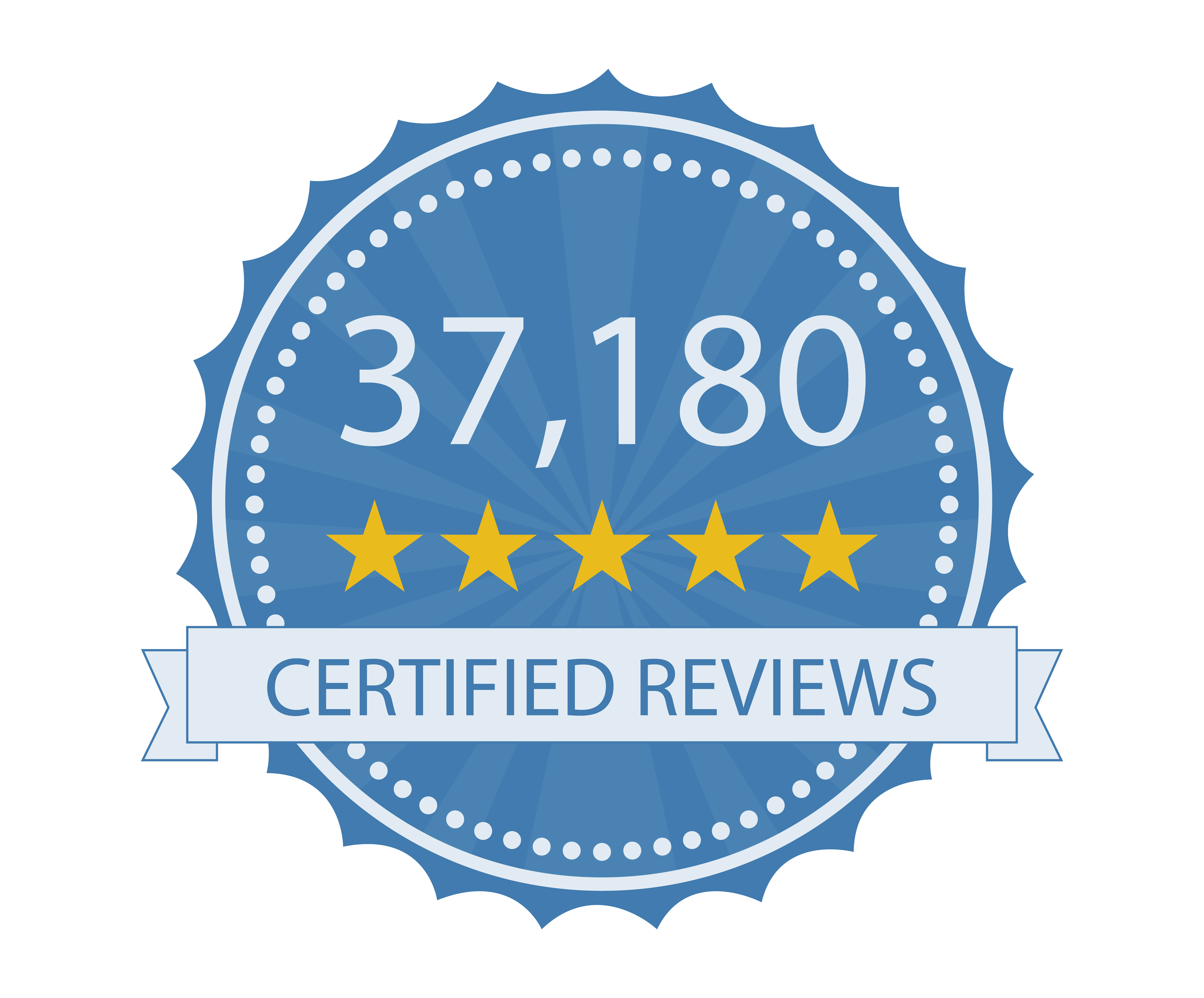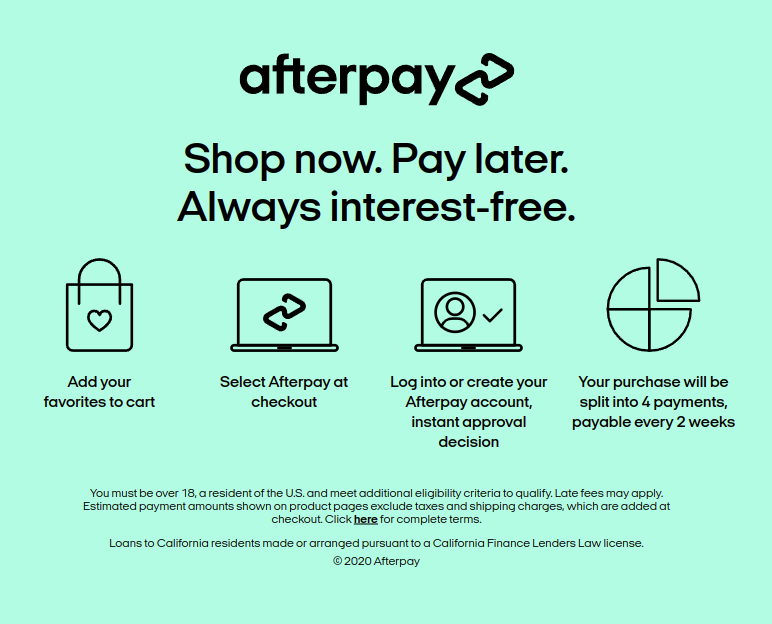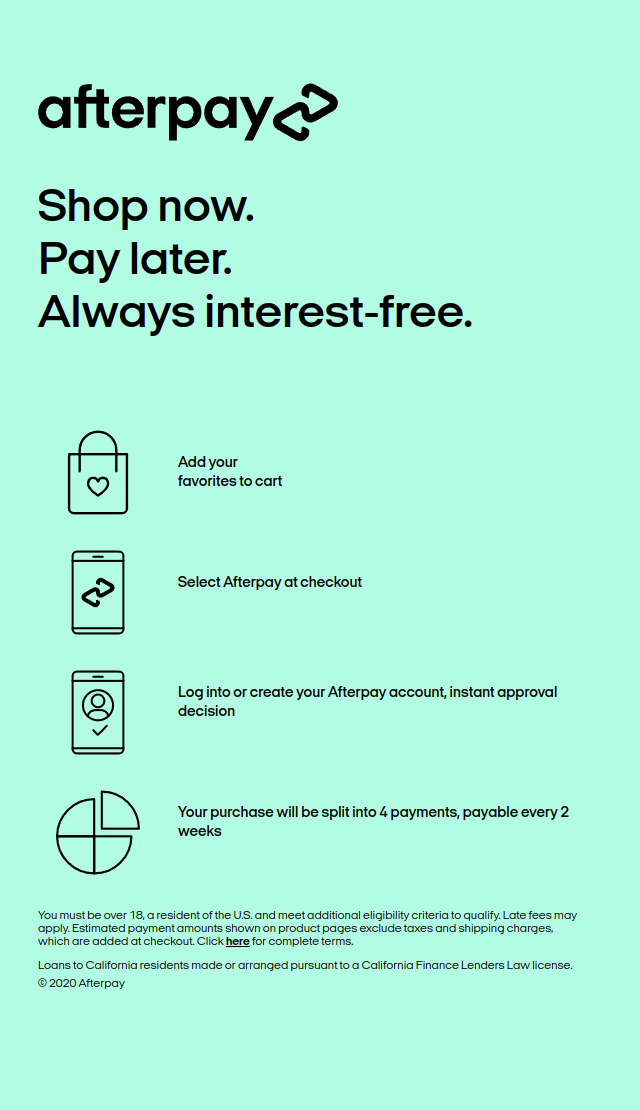EDM's Origins: A Cultural Review
Any rave-goer or full on plur lifestyle committer knows how the sensations of dance and song have helped us achieve connections and build communities. Do they know what type of information does history provide on this important, albeit sometimes dismissed aspect of culture?
Whether it’s all of the way back in ancient times or more recently - like the warehouse movement of the mid 90’s merely a decade or so ago - movements and vibe-sharing have a long charted history worth tracking.
Let’s take a look at some of the cultural/social gatherings/movements throughout time that bare a resemblance to the kind of revolutions of spiritual connection that we see occur across festivals year round.

3. Prohibition
During the rise of rave culture in what some consider its birthplace - England - the government attempted to combat it with the swift hand of prohibition. Their attempts, noble or shameful, were unsuccessful. However, the frowning upon of a new musical genre rising in popular and the lifestyle it brings about that EDM endures hearkens back to the prohibition era of the United States. During the Prohibition Era in the USA, speakeasies became havens wherein like minded people were able to meet, dance, pass the vibes around, as well as their herbal jazz cigarettes as they listened to house bands rip the clubs to shreds with the first wave of Jazz.

2. Native American Dances and Drug Culture
Real Drugs in a Virtual World: Drug Discourse and Community Online By Edward Murguía, Melissa Tackett-Gibson, Ann Lessem states "The actual concept of raves is not new-it is as old as time itself. At the base level, raves are very comparable to American Indian ceremonies... where music is the key towards pulling oneself into a unique emotional and psychological state."
There’s a reason why traces of Native American influence still find their way to festivals and in rave culture - whether it be iconography, dress, or otherwise. Even though debates continue over rave-goers wearing headdresses to shows and festivals, at its core it is an innocent homage to the people and the spiritually charged ceremonies they'd engage in. One may see a resemblance between the ravers today and the Native American’s who would ingest peyote as an aid during aforementioned ceremonies to achieve a sort of spiritual success.

1. The Hippie Movement of the 1970’s
The hippie movement brought along new clothes, new attitudes, and a whole lot of dancing and music. Sound familiar? Kicking off with the 1969 Woodstock Music Festival (the same area is now home for the sophomore Mysteryland festival) - this period was the advent of music festivals, with shows that paved the way for Burning Man (originating in the mid-eighties). The 1974 Stonehenge Free festival - later evolving into the Glastonbury Music Festival - were events unique to their time as they allowed people to dance and connect with others in a way that was completely uninhibited.

![[LISTEN] Vikkstar, Masked Wolf, & Jme Team Up For Infectious Debut Collab, 'Know Me Better'](http://iedm.com/cdn/shop/articles/Vikkstar_Masked_Wolf_SQUARE.jpg?v=1714070538)
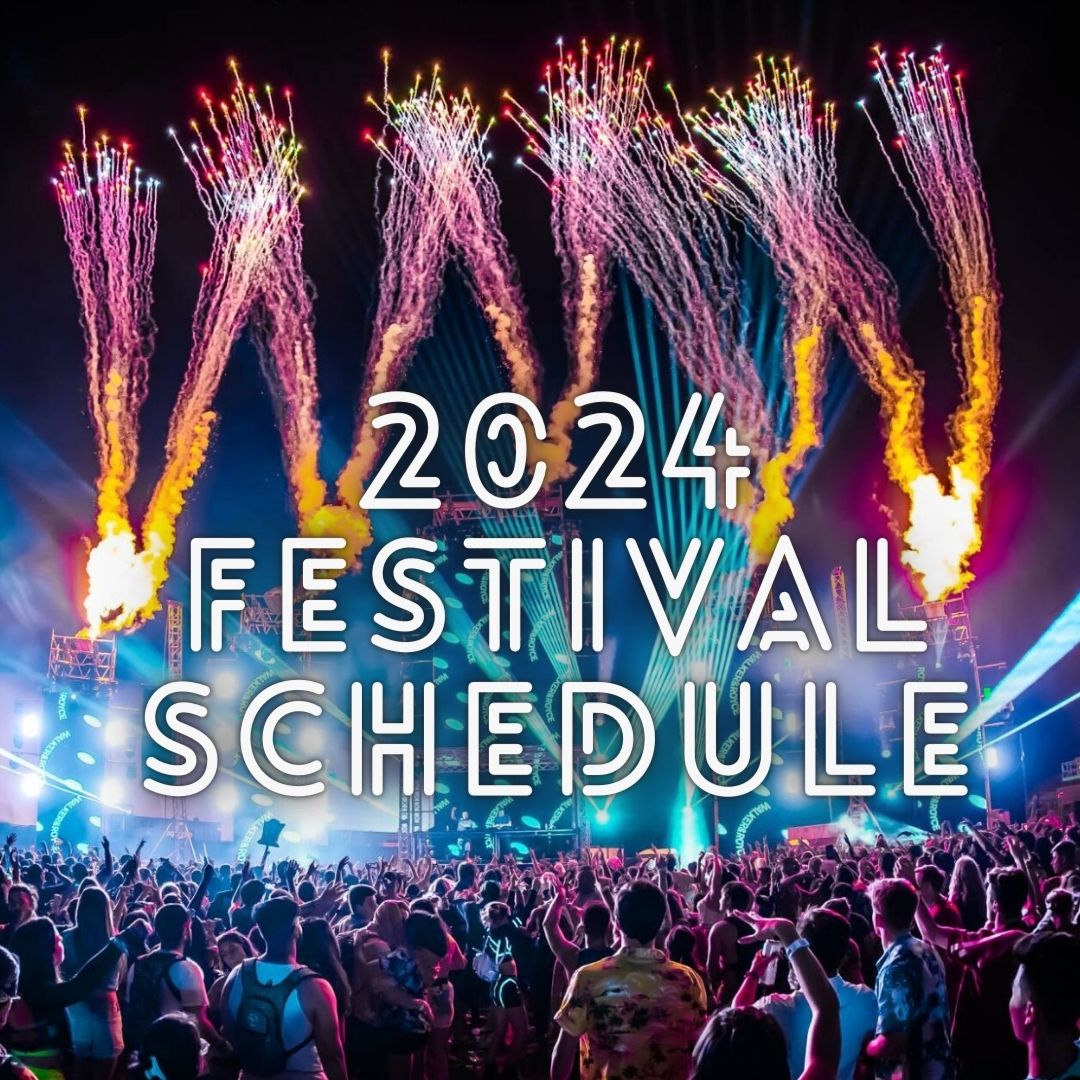

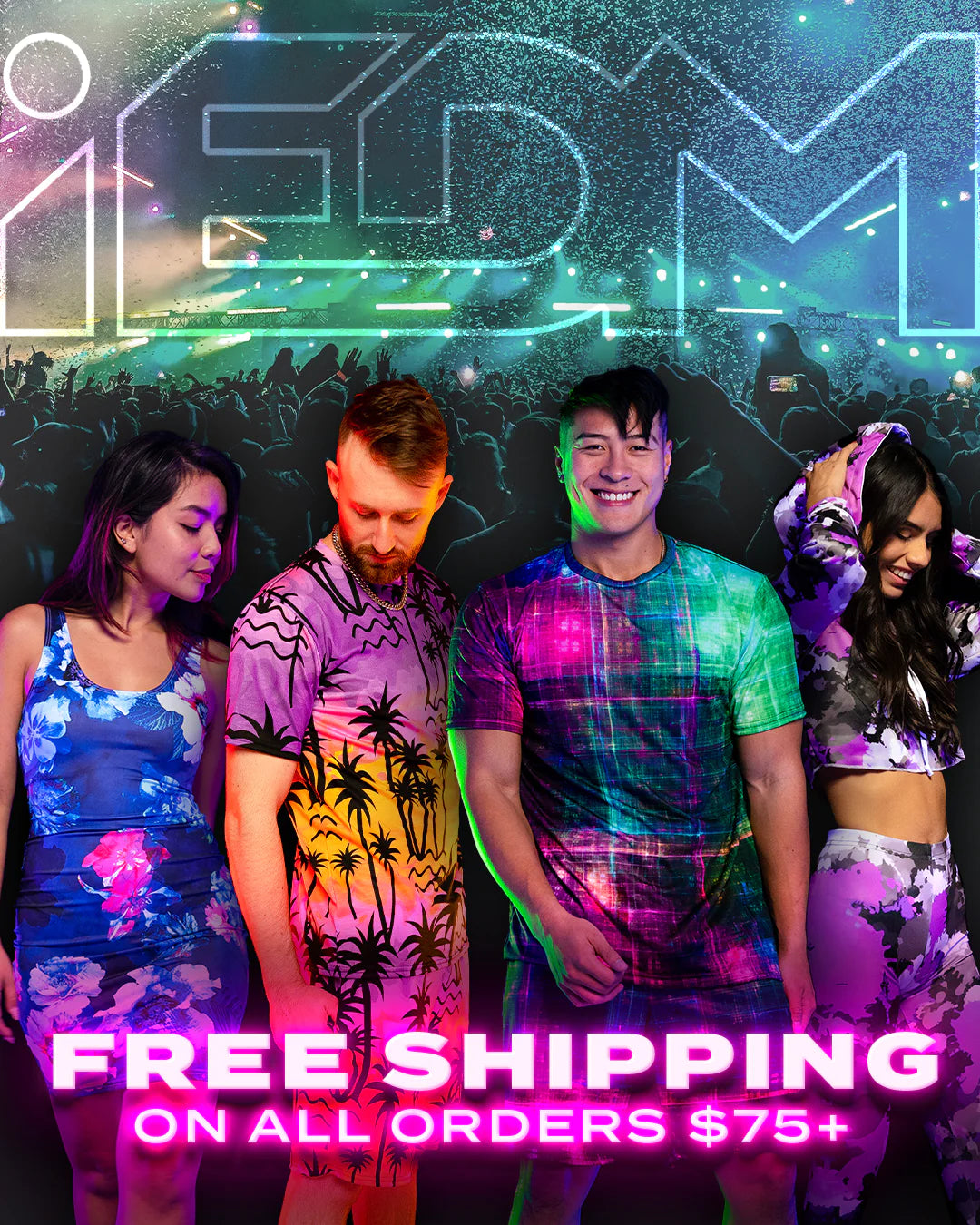
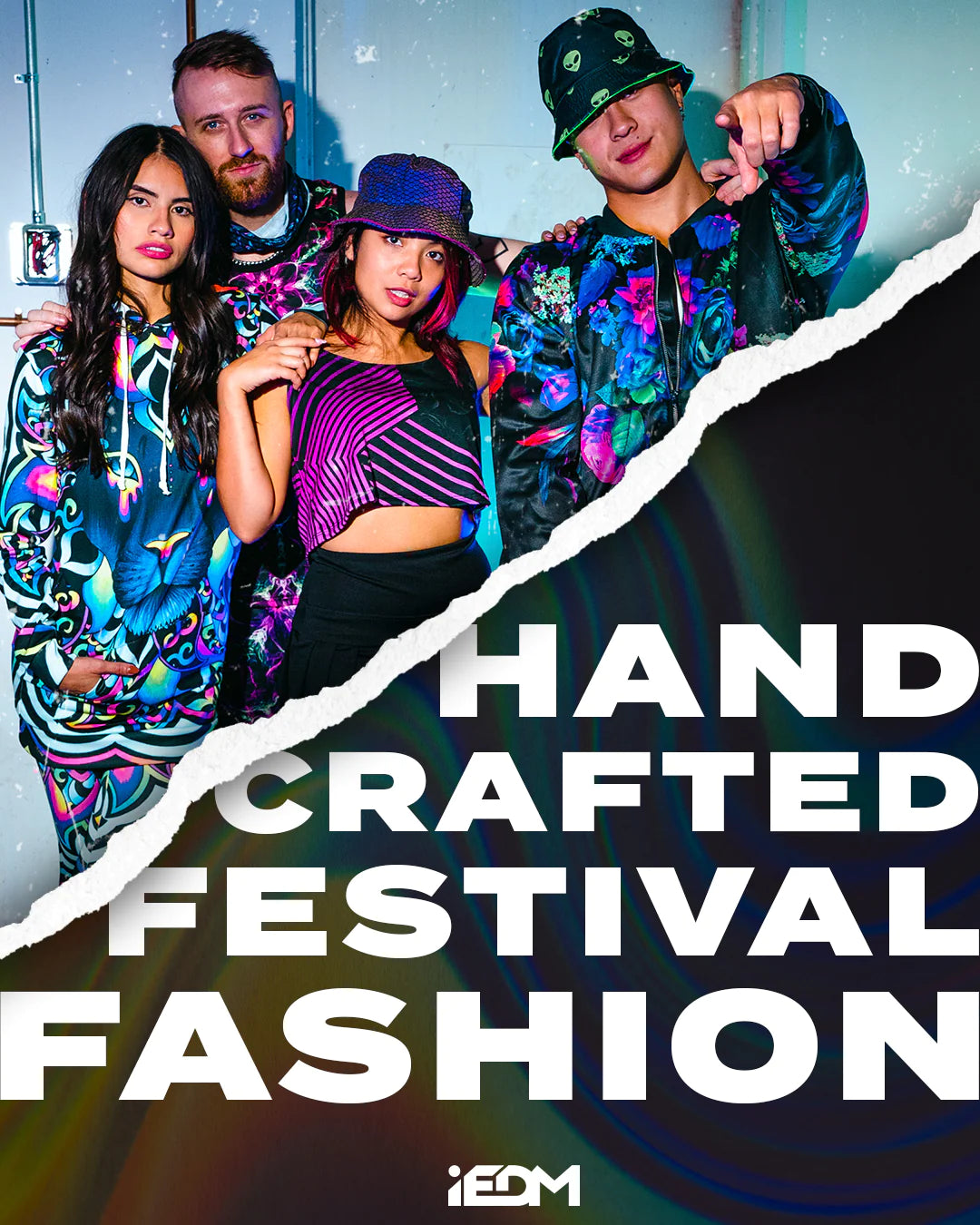

![[EVENT REVIEW] Carl Cox Casts A Hypnotic Techno-Fueled Spell Over M2 For RESISTANCE's Miami Race Week Takeover](http://iedm.com/cdn/shop/articles/IMG_1600.jpg?v=1715192847)
![[INTERVIEW] LF System Talks Creative Process, Musical Influences, Rise To Fame, + More](http://iedm.com/cdn/shop/articles/437106552_18039163339829207_5254057944139687790_n.jpg?v=1714771613)
![[INTERVIEW] Biscits Talks New Single With TOBEHONEST, MMW & Coachella 2024 Highlights, Future Plans, + More](http://iedm.com/cdn/shop/articles/Biscits_PressPic.png?v=1714755231)




